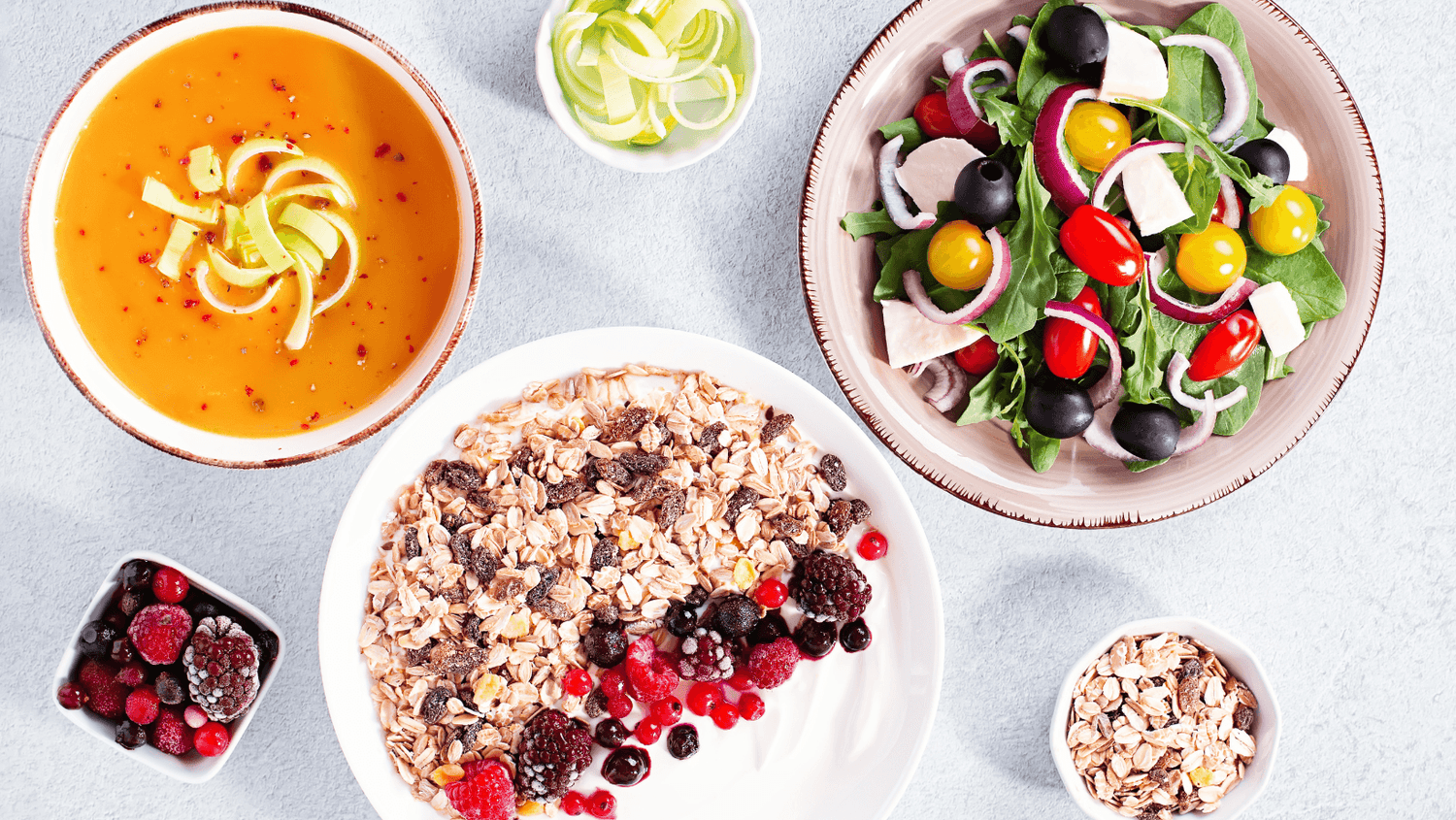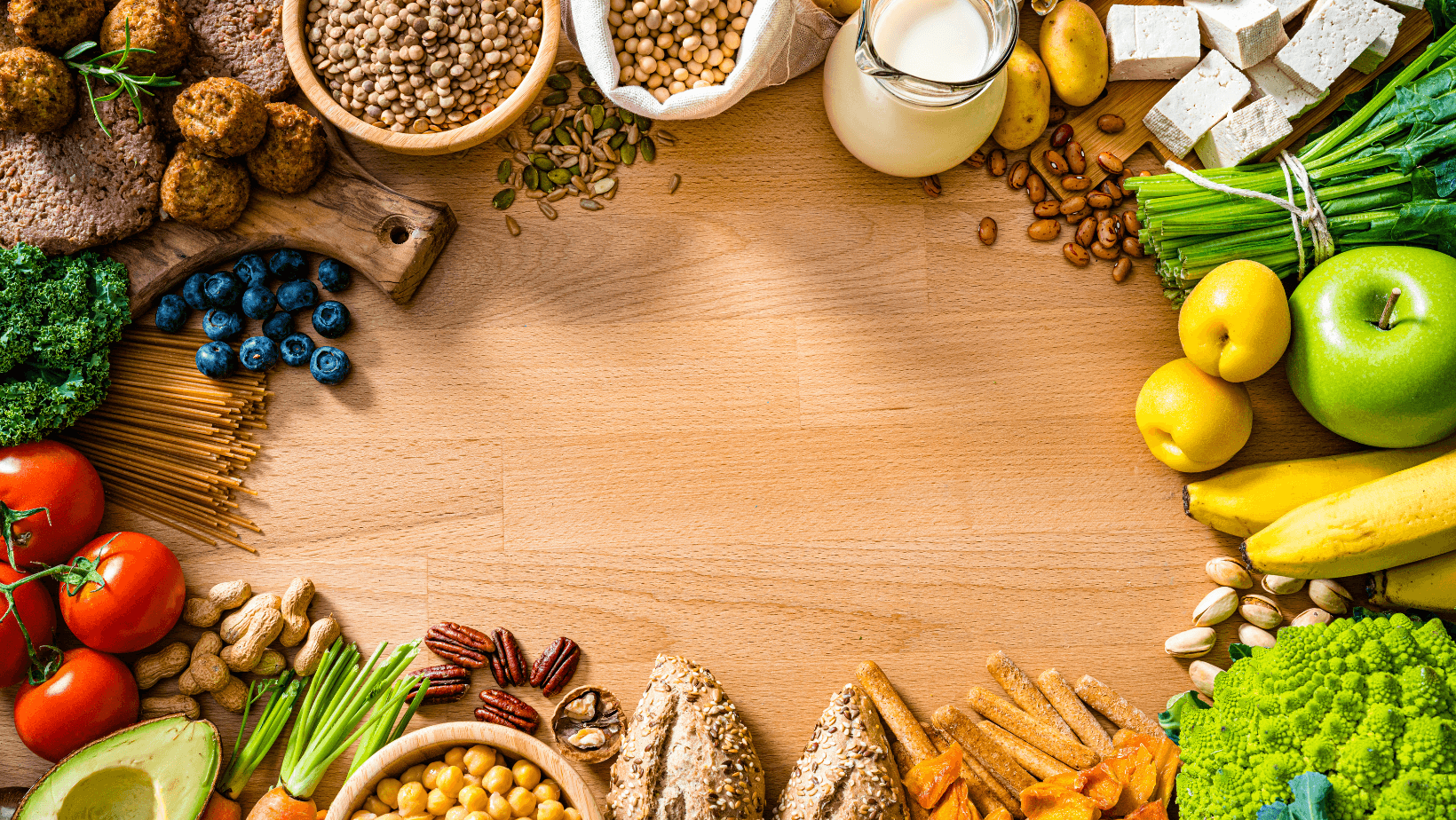In the world of health-conscious eating, numerous diet plans claim to offer the perfect balance between nutrition and weight management. One such unique approach is the Volumetrics Diet, founded by renowned nutritionist Dr. Barbara Rolls. If you are not familiar with this type of diet, this article may be helpful to you. This blog post delves into the fundamental principles of Volumetrics Diet, its applicability, and how it aids in achieving a balance between healthy eating and weight loss.

Understanding Volumetrics Diet
The Volumetrics Diet, pioneered by Barbara Rolls, professor of nutrition at Pennsylvania State University, is more like telling you a diet method rather than a diet structure. Volumetrics Diet is built on the foundational principle of optimizing the structure of your diet.
Its most prominent feature is that it requires the consumption of foods with low energy density (that is, low calories per unit weight) and high water content to assist with exercise. Volumetrics encourages individuals to focus on low-calorie, high-volume foods to control overall calorie intake, allowing for prolonged feelings of fullness.
 Key Principles of Volumetrics Diet
Key Principles of Volumetrics Diet
As we have mentioned above, the core idea is to achieve satiety by consuming foods that are low in calories but high in volume. So if you want to try this diet, just follow these four simple principles:
- Low Energy-Dense Foods: Volumetrics promotes the selection of foods rich in water content and dietary fiber, such as vegetables and fruits, along with low-fat protein sources.
- Avoiding High Energy-Dense Foods: Foods with high energy density, such as sugary and high-fat items, are advised to be limited in Volumetrics. These foods are often high in calories but low in volume.
- Increased Water Intake: Hydration plays a crucial role in Volumetrics Diet. Water, being a low-energy-density beverage, helps increase the volume of meals, enhancing the feeling of fullness.
- Mindful Eating: Staging meals is a key aspect of Volumetrics. It encourages savoring food slowly during meals to better perceive satiety signals.

Recommended Recipes
- Vegetable Salad: Base your salad on a variety of colorful vegetables and add low-fat yogurt or vinegar as dressing.
- Fruit Smoothie: Prepare a smoothie using fresh fruits and low-fat milk to increase volume and satiety.
- Grilled Vegetables with Chicken Breast: Opt for high-protein, low-fat chicken breast paired with grilled vegetables for a delicious and filling meal.
- Vegetable Soup: Create a light vegetable soup using a variety of vegetables to boost food volume.
 Advantages of Volumetrics Diet
Advantages of Volumetrics Diet
- Long-lasting Satiety: By choosing low-energy-dense foods, Volumetrics helps maintain prolonged feelings of fullness, reducing the likelihood of overeating.
- Weight Loss Benefits: The philosophy of Volumetrics Diet contributes to calorie control, positively impacting weight loss efforts.
- Emphasis on Food Quality: Prioritizing nutrient-rich foods aids in providing the body with essential nutrients.
Conclusion
Volumetrics Diet, with its emphasis on food volume and energy density, offers a practical approach for those seeking a balance between health and weight loss. However, like any dietary plan, individual preferences and health conditions should be considered before embarking on the Volumetrics journey. Always consult with a healthcare professional or nutritionist for personalized advice.



